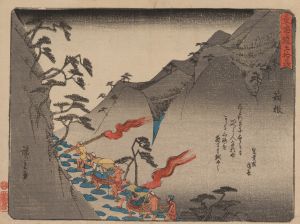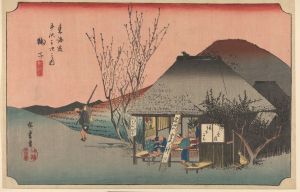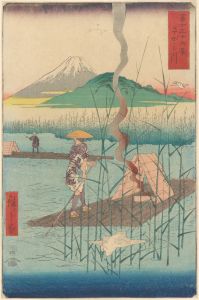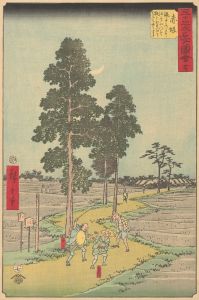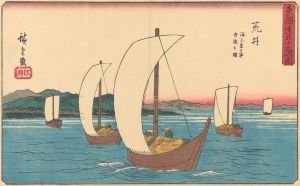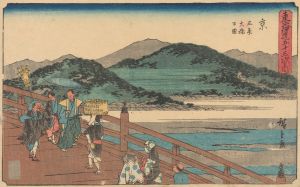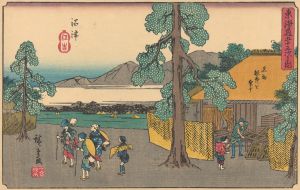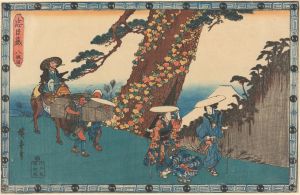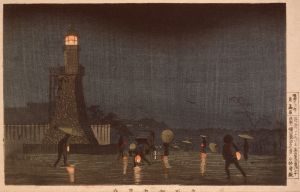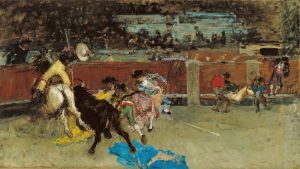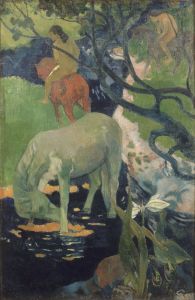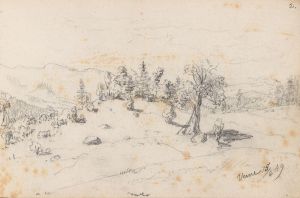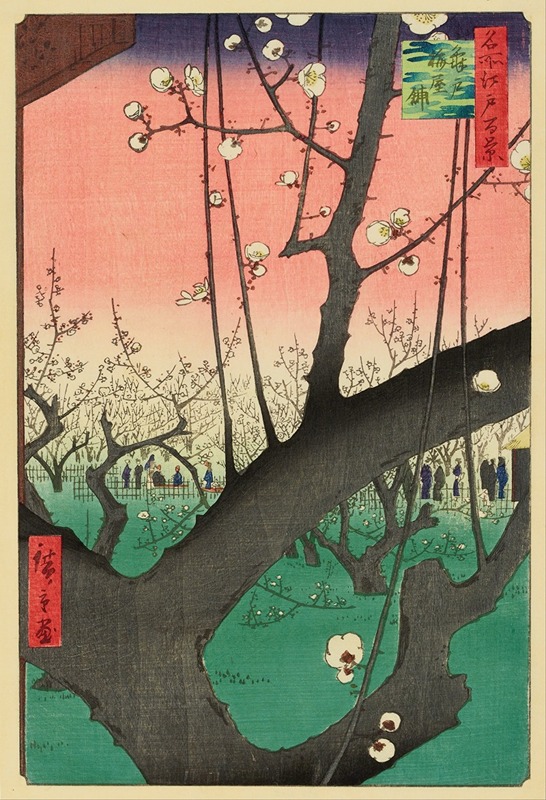
Plum Garden, Kameido
A hand-painted replica of Andō Hiroshige’s masterpiece Plum Garden, Kameido, meticulously crafted by professional artists to capture the true essence of the original. Each piece is created with museum-quality canvas and rare mineral pigments, carefully painted by experienced artists with delicate brushstrokes and rich, layered colors to perfectly recreate the texture of the original artwork. Unlike machine-printed reproductions, this hand-painted version brings the painting to life, infused with the artist’s emotions and skill in every stroke. Whether for personal collection or home decoration, it instantly elevates the artistic atmosphere of any space.
"Plum Garden, Kameido" is a celebrated woodblock print by the renowned Japanese ukiyo-e artist Andō Hiroshige. This artwork is part of Hiroshige's famous series "One Hundred Famous Views of Edo" (Meisho Edo Hyakkei), which was produced between 1856 and 1858. The series is highly regarded for its exquisite depiction of various locations in Edo, now known as Tokyo, capturing the essence and beauty of the city during the Edo period.
The print "Plum Garden, Kameido" is specifically known for its portrayal of the Kameido Tenjin Shrine, a site famous for its plum blossoms. The shrine, dedicated to the scholar Sugawara no Michizane, is located in the Kameido district of Tokyo. Hiroshige's depiction focuses on the natural beauty of the plum trees, which were a popular subject in Japanese art due to their early blooming in spring and their association with renewal and perseverance.
In this particular print, Hiroshige employs a striking composition that draws the viewer's eye to the foreground, where a large, gnarled plum tree dominates the scene. The tree's branches stretch across the image, laden with blossoms that are rendered with delicate precision. This close-up view of the plum tree creates a sense of intimacy and invites the viewer to appreciate the intricate details of the blossoms and the texture of the bark.
Beyond the plum tree, the print opens up to reveal a broader view of the garden and the shrine. The background features additional plum trees, a small bridge, and visitors enjoying the scenic beauty of the garden. Hiroshige's use of perspective and his ability to capture the atmospheric conditions of the scene are evident in the way he renders the distant elements with softer colors and less detail, creating a sense of depth and space.
Hiroshige's work is characterized by his innovative use of color and composition, and "Plum Garden, Kameido" is no exception. The print showcases his skillful use of bokashi, a technique involving the gradual blending of colors, which adds a sense of dimension and mood to the scene. The subtle gradations of color in the sky and the shadows on the ground contribute to the overall harmony and balance of the composition.
The "One Hundred Famous Views of Edo" series, including "Plum Garden, Kameido," had a significant impact on the art world, both in Japan and internationally. Hiroshige's work influenced many Western artists, most notably the Impressionists, who admired his innovative compositions and use of color. The series remains a quintessential example of ukiyo-e art and continues to be celebrated for its artistic and historical significance.
"Plum Garden, Kameido" is not only a testament to Hiroshige's artistic genius but also a valuable cultural artifact that offers insight into the aesthetics and values of the Edo period. The print captures a moment in time, preserving the beauty of a specific location and season, and continues to be appreciated by art enthusiasts and historians alike for its timeless appeal and masterful execution.





